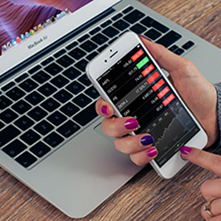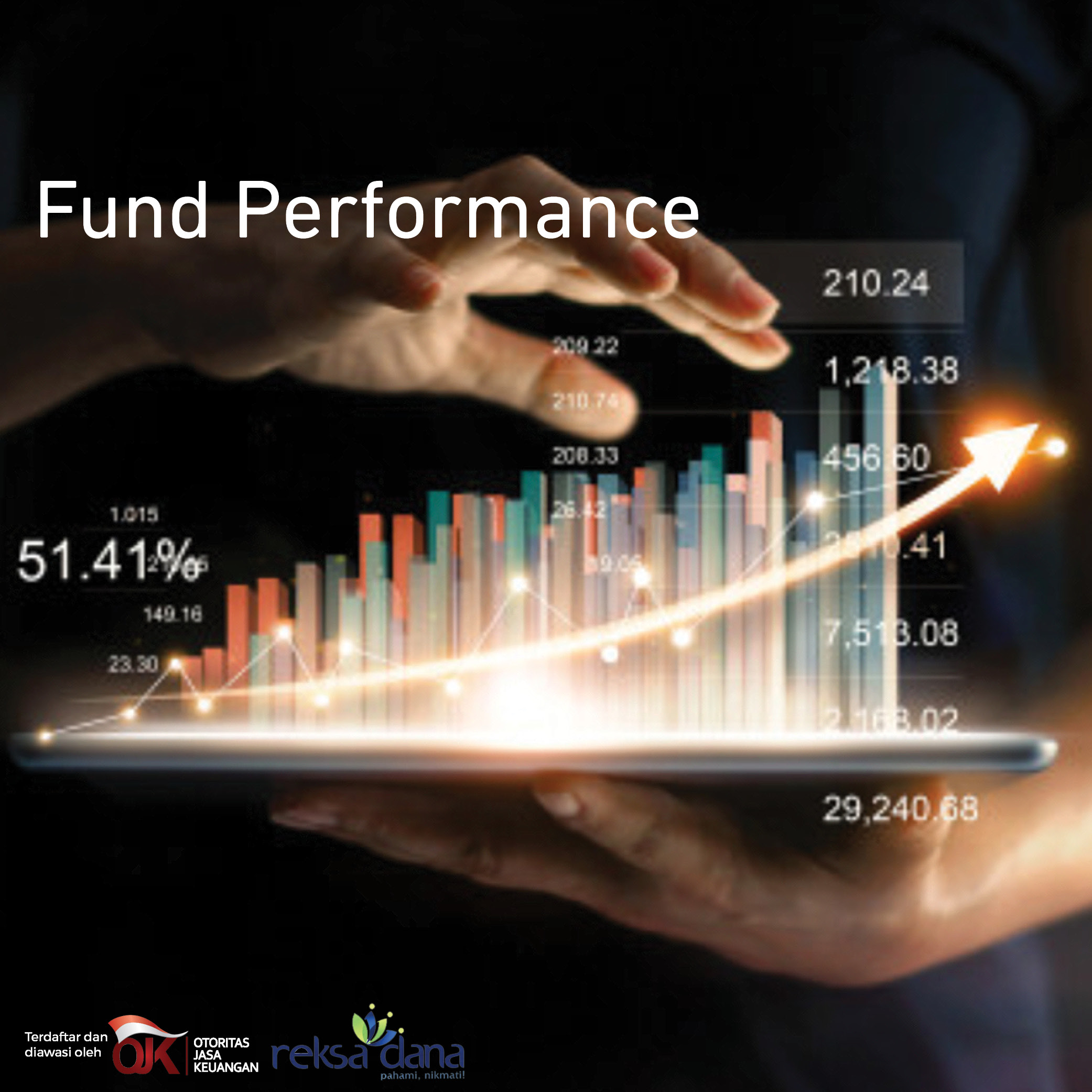July inflation in line with our expectation
BPS reported July inflation of 0.28% MoM (3.18% YoY), which came above both Bloomberg and our estimates (see table on the left). Post-Lebaran month inflation is usually low and even experience deflation due to normalization of food and transportation price. However, only transportation price that normalized after the Lebaran season in July 2018. Food price even became the main driver of July inflation.
The story of chicken and egg inflation
Food inflation in July was at 0.86% MoM (4.36% YoY) or similar level to Lebaran peak in June at 0.88% MoM. Higher chicken and egg prices drove July inflation higher, contributing to 0.07% and 0.08% to headline inflation, respectively. There are some factors pushing those price higher and it all was started by government culling program as state in agriculture minister rule no 32/PERMENTAN/PK.230/9/2017 which aims at stabilizing chicken supply and prices over the long term. This rule was imposed to reduce oversupply of chicken in the market by killing chicken parents which will decrease Day One Chicken (DOC). Exhibit 2 denoted that DOC and live birds price in West Java (usually become the proxy for national price) increased significantly in 1H18. Furthermore, government also restrict the usage of Antibiotic Growth Promoter (AGP), making the growth of the chicken needs more days to reach desired weight , causing higher the production cost. These factors make the chicken and egg supply more manageable but lifting chicken and egg price. However, our poultry analyst sees current chicken and egg price are now relatively high from the equilibrium and will trending down in following month.
Tricky conclusion of higher core inflation
Core inflation of 0.41% MoM (2.87% YoY) has surprised us, coming higher than our and consensus estimates. Theoretically, higher core inflation implies higher purchasing power. However, core inflation always have higher trend (in monthly basis) in 3rd quarter due higher inflation in education and recreation sector. The inflation in this sector for July 2018 was 0.83% MoM (1.83% YoY) or the highest since 2011, making us believe that higher core inflation in July was much driven only by the higher school fee in the new academic year. Furthermore, other sectors that contributes to higher core inflation like housing sector was still stagnant. So, we cannot just conclude that higher core inflation in July showed higher domestic demand but we need to access other data like manufacturing PMI, consumer confidence index, retail sales growth and even consumption part in GDP itself.
Non O&G Large Wholesale Price Index increased at 4.35% YoY
July’s Large Wholesale Price Index (LWPI) for non Oil and Gas increased by 4.35% YoY (0.59% MoM). External segment led LWPI, as export products price grew 7.93% YoY (1.08% MoM) and import products price rose by 3.74% YoY (0.81% MoM) due to Rupiah depreciation. Agriculture products price inched up by 2.06% YoY (0.59% YoY) while mining/quarrying products price rose by 4.13% YoY (0.33% MoM). Manufacturing sector, on the other hand, experienced lower YoY LWPI inflation to 3.8% YoY after experiencing monthly deflation of -0.55% MoM in July 2018.
Maintain our view of 3.5% inflation in YE 2018
We are still confidence that inflation will pick up to 3.5% this year due to better domestic demand than 2017. Food inflation will stabilize in August as we predict chicken and egg price will trend down. Risk from rising fuel price is also seen limited as we believe global oil price has passed the peak when Brent oil price reached USD 80/barrel. The 100 bps policy rate hike in May – June is seen to have limited impact to 2018 inflation but it may affect next year inflation as the rate hike will take effect after 6-12 months.
















